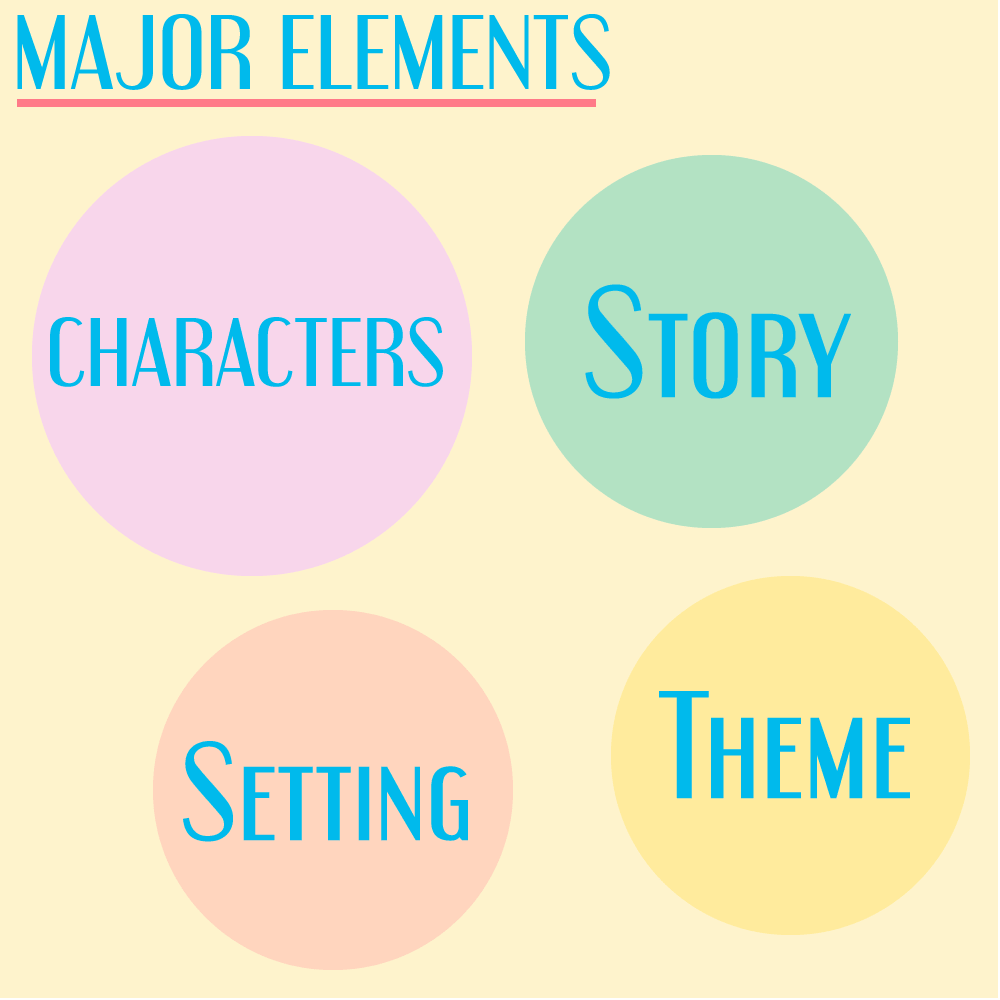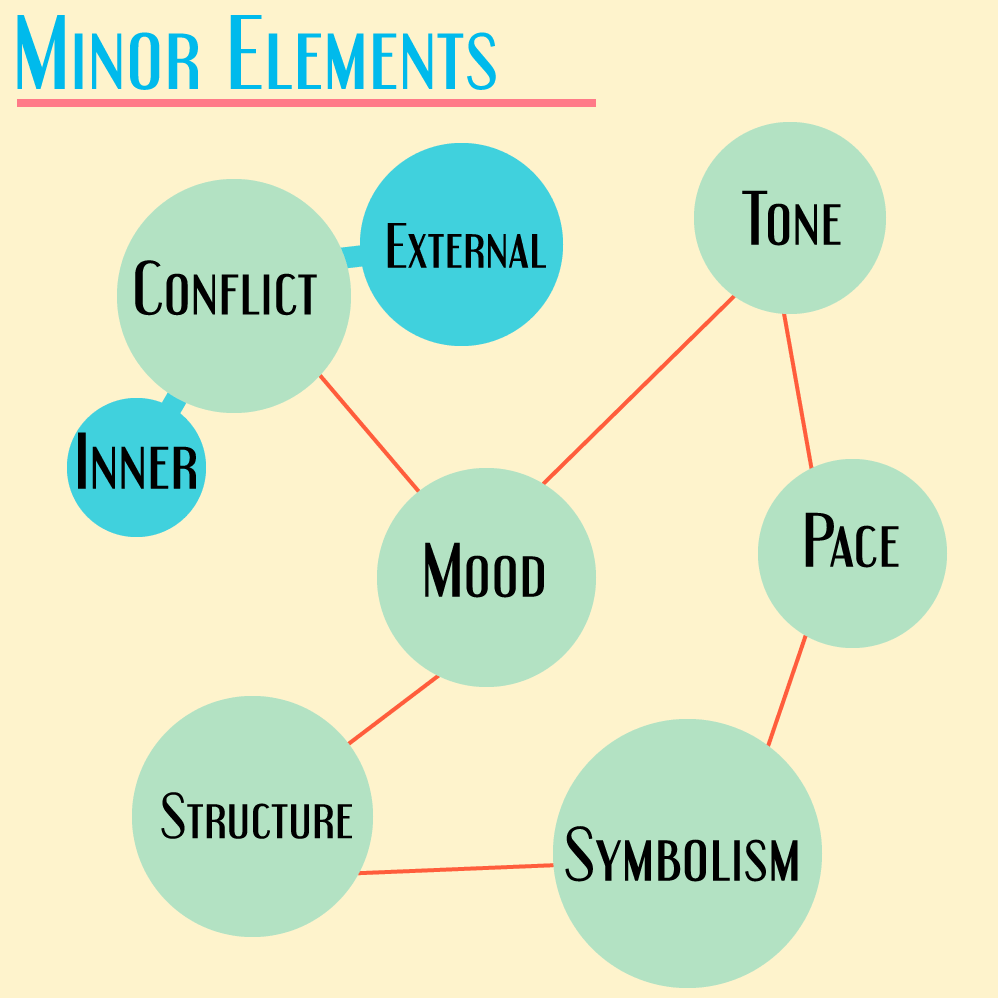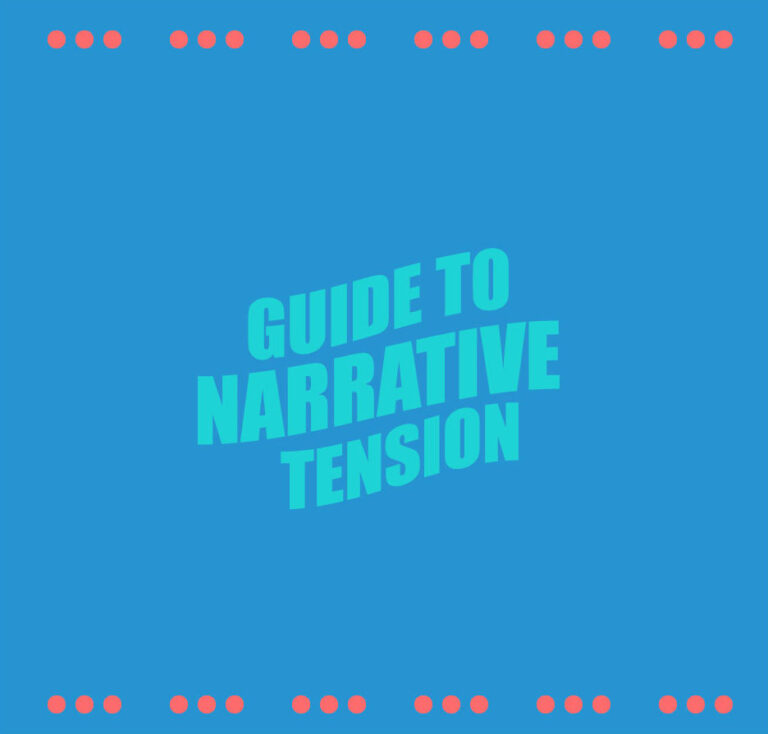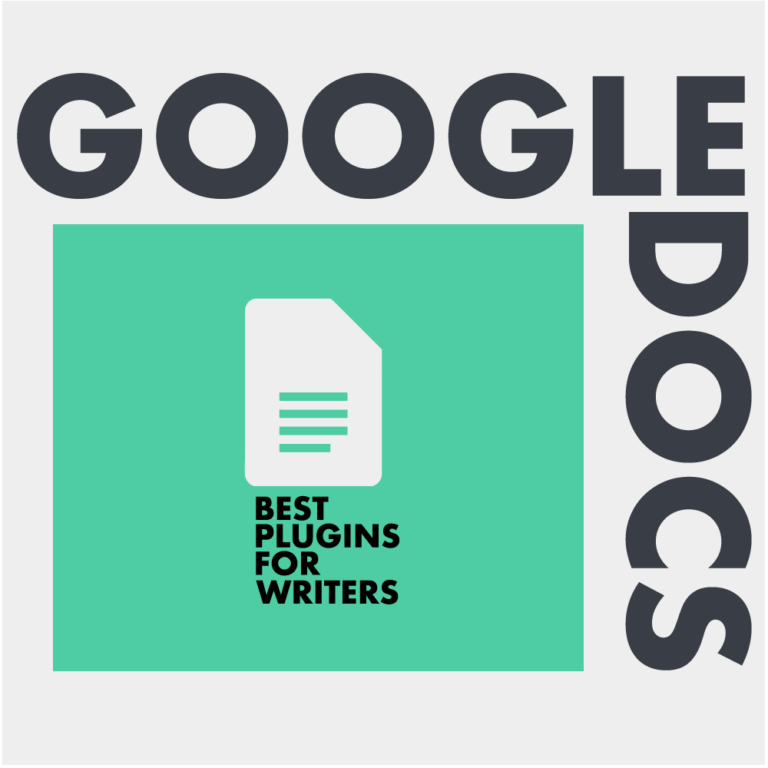The most exciting thing about writing is hunting for ideas, trying to create new characters and put them in your world, and craft a story out of it. The most difficult thing about writing stories is putting all the elements in a story together and creating a coherent, interesting, and enjoyable story, the way you first imagined it to be.
Writing a novel could be a mess, but not if you take a structural approach towards it. We’ll be expanding on the element in a story, and how there are major and minor elements, with varying importance. You need to know what is the most important element in your story.
The elements will be listed in major and minor categories and we won’t expand on each of the sub-elements (because that would make this article a small book). The focus shall be wholly given to the elements and their importance in your next best-selling novel.
This article will not include any detailed method of writing or improving these elements of the story. That would make this piece unbearably long and all over the place. Instead, we’ll focus just on the elements and their importance
Major elements:
- Characters
- Plot/story
- Theme
- Setting
- Perspective
Minor elements:
- Conflict
- Tone
- Mood
- Structure
- Pace
- Symbolism
Major elements of a story
There are four major elements of a story, be it a novel, movie, comics, etc. These are:
- Characters
- Plot/story
- Setting
- Theme
Then there’s perspective or point of view which sits in the middle of major and minor elements of any story. This means that there’s no preferred way of putting the perspective and telling the story. I’ll expand on that later.
Characters
Characters are the most important part of any story. In fact, characters are more important than the plot of the story. This might sound like an overstatement, but it isn’t.
Characters are the vehicle in which readers enter your story, explore the theme, setting, and plot. If the vehicle is uncomfortable, nothing else makes any impact. The readers cannot interact with the elements of the story, but the characters do. Make the characters interesting for the readers to enjoy the story.
The characters must be realistic, relatable, and interesting, capable of feeling and expressing emotions, flawed with redeemable vices, and trying to overcome them.
Take, for example, the Before trilogy. The movie has no structured plot, but just two people talking and falling in love. While there are all the elements subtly playing their parts, the characters are given the most emphasis. And the movies were a massive success.
In every story in every form, characters are the most important elements. Sherlock Holmes, Lord of the Rings, Crime and Punishment, etc. All these captivating stories would fail if not for the characters.
Plot
After the character comes the plot or the story of the book. Once interesting, realistic, and relatable, they need a place to interact and explore, allowing the story to unfold. The plot is very important to the story, deciding whether the readers will continue reading the book or just leave it on page five or six.
The plot is not the same as the story. The story is a vague word used to describe what will happen in your novel. It is more like an outlining of the events. The plot is how each chunk of the story will be revealed, connecting multiple parts of the story into one, coherent and conclusive portion.
Never reveal everything about the story at once, always start with a major portion of the story as a mystery, slowly revealing them as the plot continues. Make the readers want to know more as they find themselves in an intriguing place.
Setting
The setting of a story is the world and time building. You have the characters, the ground, or the area (story and plot) for them to explore. The setting is the small details to add and make the story complex and more realistic.
There are two things to know about the setting of a story; type of story, time of the story, and place of the story. Where is the story taking place, both time and place, and what kind of story is it.
Let’s say if you are writing about a horror story in the 80s. It won’t be that helpful if you based the story near a beach in Miami with people wearing smartwatches and keeping man buns. Location and time do not gel with the theme of the story.
For horror, the best location would be a cold, quiet, isolated place to bring out the best of horror, places where humans are vulnerable. For mystery, the location should resemble some sort of maze, be it a city or a house.
The setting of the story should resonate with the theme and genre of the story. This is also the element where you have the most creative freedom. Create any world you want, make the rules to suit the story (not plot armoring), design the entire city, houses, landscape. The setting is where your creativity flourishes.
Theme
The theme, genre, and setting of the story are closely related, intertwined between, interacting cohesively for the story to work. If the setting was all the ingredients for making a dish, the theme is salt and seasoning. Theme blends with the dish, creating a distinct flavor. Genre is the entire dish served on a plate.
The theme of a story is the overarching summation of the entire story, the essence of it. The theme of your story should be a one-word description of your entire story. Here are some themes a story can have:
- Love
- Courage
- Redemption
- Revenge
- Survival
- Good vs Evil
- Power
- Prejudice
- War
You can even combine different themes to create new and fresh stories such as power and war, or love and redemption, or love and prejudice. The possibilities are countless.

Perspective
This element is the transitory element, placed in between major and minor elements of the story. The perspective or the point of view is how the story is being revealed to the readers. It could be a first-person view where we see the world through the eyes of the protagonist.
The second person view is when someone close to the protagonist unfolds the story. A classic example of this would be Watson in Sherlock Holmes or Hastings in Hercule Poirot.
The third-person view is the most common POV in storytelling in which the author unfolds the story. Most of the stories have this perspective because it gives the authors the most control over what can be revealed and what can be hidden, helping them control the narrative.
Minor elements in a story
In the minor elements bucket, we have conflict, tone, mood, structure, pace, and symbolism. There are more, but not that important to have a specific section for discussion. We’ll mention them briefly.
Conflict
A story can never be interesting or worth reading if there is no conflict. Different types of conflicts and sub-conflicts keep the tension in the story up and make it more enjoyable.
First, there is an external conflict that arises between the characters. The major one here is the conflict between the protagonist and the antagonist. Then there are minor conflicts with the team members; friends, family, etc/
The second type of conflict is internal conflict. This occurs inside the mind of not just the protagonist, but every important character in your story. Internal conflicts are absolutely necessary to make a complex and interesting character that readers associate with. And yes, even the antagonist should have an inner conflict.
Structure
The structure is closely attached to the plot of the story, but it is different from progression, pace, and perspective. The structure is how you design the plot, how you divide the major and minor chunks of the entire plot, arrange in a way that comes together perfectly, making the readers feel satisfied. Remember that a perfect plot and the most interesting story can fail if the structure is flawed. Tell the story the right way.
Pace
The pace is how the speed of story progression, how fast events that push the narrative are happening, and how quickly the readers get to know all the things the writer has kept hidden from them.
Remember to keep the pace consistent, increasing it slightly as you read the climax of the story. What I use is increasing the pace a little in the beginning so that interesting events in the story hook the readers. Then I decrease the pace a bit for all the world-building.
Tone, Mood, and Atmosphere
This is the type of emotion you want to express when writing your story. The choice of words, expressions, descriptions, etc are the subtle things that dictate the tone and mood of the story. The use of dull and morose words to describe things and people coupled with a dull and sad world-building creates an atmosphere that suits the story.
Symbolism
Symbolism is a very subtle and very advanced element of story-telling. Symbolism can be used in the way a particular character talks, what he/she wears, or can be used physically in world-building. This symbolism connects with the theme of the story and even though the readers might not get it in the first read, it creates a dramatic effect sub-consciously.

So these were the major and minor elements in a story that you should first focus on while writing a story. There are many others as well, but they are on the advanced level and require many more words than this. If you want to improve your writing skills, don’t worry, you don’t need to pay a single penny. Just take a look at these articles and read them for free!
- What are Writing Styles and text structures and Why you Never Stick to one?
- What are Character Tropes and How to Make New, Interesting tropes out of old, overused ones…
- Here how adding more than one Inciting incident in your story can make it 100 times better
- Save the Cat Beat Sheet for Beginner Writers







